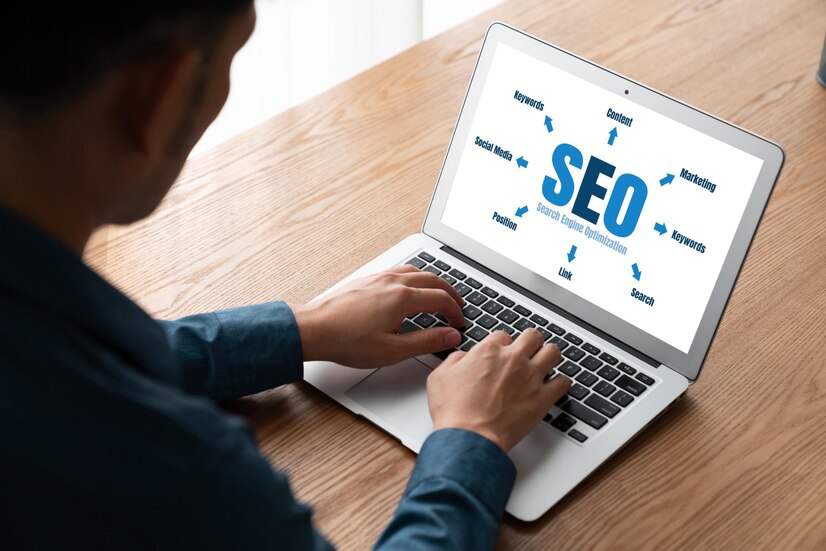In the ever-evolving landscape of SEO, mastering internal linking is a critical component for enhancing your website’s performance. Internal linking not only helps search engines understand the structure and hierarchy of your site but also improves user experience by guiding visitors to related content. This comprehensive guide will walk you through the essentials of internal linking, including its benefits, best practices, and advanced strategies to optimize your site’s SEO performance.
What is Internal Linking?
Internal linking refers to the practice of linking one page of a website to another page on the same site. These links are crucial for three main reasons:
- Navigation: They help users navigate through your site.
- Structure: They establish a hierarchy, giving more weight to important pages.
- SEO: They distribute page authority and ranking power throughout your site.
Benefits of Internal Linking
- Improved Crawlability
Search engines use bots to crawl websites and index their content. Internal links create pathways for these bots, helping them discover and index more pages on your site. The more effectively search engines can crawl your site, the better they can understand its structure and content.
- Enhanced User Experience
A well-structured internal linking system makes it easier for users to find related content. This can increase the time they spend on your site, reduce bounce rates, and improve overall user satisfaction. When users find your content valuable and easy to navigate, they are more likely to return and engage with your site further.
- Increased Page Authority
Internal links help distribute link equity (ranking power) across your site. By linking to important pages from other high-authority pages, you can boost their rankings. This strategy is particularly effective for new pages that need an initial push to gain visibility.
- Better Content Discoverability
Internal links guide users to additional content that they might find interesting or valuable. This not only keeps them engaged but also increases the likelihood of conversions, whether that’s subscribing to a newsletter, making a purchase, or filling out a contact form.
Best Practices for Internal Linking
- Use Descriptive Anchor Text
Anchor text is the clickable text in a hyperlink. Using descriptive anchor text that accurately reflects the content of the linked page helps both users and search engines understand what to expect. Avoid generic phrases like “click here” and instead use keywords that are relevant to the linked content.
- Link to Relevant Pages
Ensure that your internal links are contextually relevant to the content on the page. Linking to related articles, products, or categories enhances the user experience and helps search engines associate your pages with specific topics.
- Maintain a Natural Link Structure
Your internal linking should appear natural and not forced. Avoid overloading your content with too many links, which can be overwhelming for users and may be seen as spammy by search engines. Aim for a balanced approach that enhances readability and usability.
- Implement a Clear Hierarchy
Organize your site content into a clear hierarchy, with primary pages at the top and supporting pages beneath them. Use internal links to reinforce this structure, making it easier for search engines to understand the importance and relationship of each page.
- Use a Mix of Follow and No-follow Links
While follow links pass on link equity, no-follow links do not. Use no-follow links for pages that you don’t want to pass link equity to, such as login pages or duplicate content. This helps preserve the ranking power of your more important pages.
Advanced Internal Linking Strategies
- Silo Structure
A silo structure groups related content into categories, with each category containing subcategories and individual pages. This structure creates a strong internal linking framework that enhances both crawlability and user experience. For example, if you have a blog about digital marketing, you might have silos for SEO, content marketing, social media, and email marketing.
- Pillar Pages and Topic Clusters
Pillar pages are comprehensive resources on a broad topic, while topic clusters are related pieces of content that link back to the pillar page. This strategy not only helps organize your content but also signals to search engines that your site covers the topic in-depth. For instance, a pillar page on “SEO” could link to topic clusters like “on-page SEO,” “off-page SEO,” and “technical SEO.”
- Optimize for Mobile
With the increasing use of mobile devices, ensuring that your internal links are easily accessible and clickable on smaller screens is crucial. Use larger font sizes and touch-friendly buttons to enhance mobile usability. Google also favors mobile-friendly sites, which can improve your rankings.
- Monitor and Update Links
Regularly audit your internal links to ensure they are working correctly and pointing to relevant content. Broken links can negatively impact user experience and SEO. Use tools like Google Search Console to identify and fix any issues promptly.
- Leverage Breadcrumbs
Breadcrumbs are a secondary navigation system that helps users understand their location within your site. They provide a clear path back to the homepage and other significant pages, enhancing both user experience and SEO. Implementing breadcrumbs can reduce bounce rates and increase dwell time.
Tools for Internal Linking
- Google Search Console
Google Search Console is a free tool that provides valuable insights into how your site is performing in search results. It helps you identify issues with internal links, such as broken links or crawl errors, and offers suggestions for improvement.
- Screaming Frog
Screaming Frog is a website crawler that analyzes your site’s internal linking structure. It provides detailed reports on link metrics, helping you optimize your internal linking strategy.
- Ahrefs
Ahrefs is a comprehensive SEO tool that offers an internal link analysis feature. It shows you the internal links pointing to each page, along with their anchor texts and link positions. This data can help you refine your internal linking strategy for better SEO performance.
Conclusion
Mastering internal linking is essential for enhancing your site’s SEO performance and user experience. By implementing best practices and advanced strategies, you can improve crawlability, distribute page authority, and keep users engaged. Regularly monitor and update your internal links to ensure they continue to provide value and drive traffic to your site.


